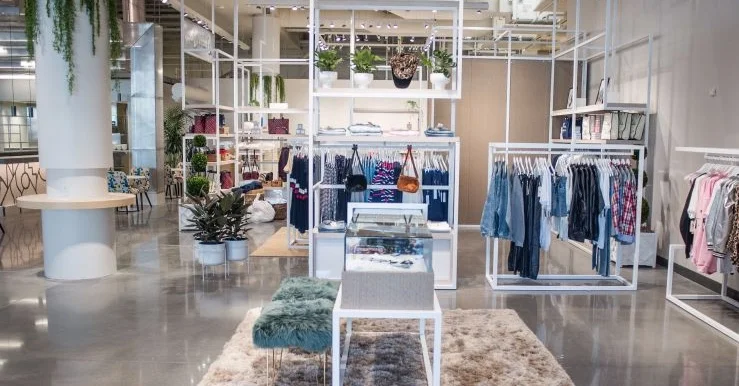Why Neighborhood Goods May be the Future of Department Stores
Neighborhood Goods store in Texas
As retailers such as Macy’s, Kohl’s and Lord & Taylor race to reinvent themselves, a new department store retailer named Neighborhood Goods entered the mix and is being touted as the model of the future. Neighborhood Goods was founded in 2017 by Matt Alexander and Mark Masinter to provide a new take on the old department store model. At 14,000 sq. ft Neighborhood Goods is less than 10% the size of a traditional department store.
The company also made the strategic decision to focus on digitally native and new to bricks and mortar brands. Part of this decision was informed by conversations the retailer had with popular direct to consumer brands including Away Luggage. When Neighborhood Goods asked a selection of direct to consumer brands what their number one priority over the next two years is, they said it is to open stores. The brands also wanted to move into bricks and mortar without having to commit to a long term lease. Speaking about the company’s store concept, Alexander said: “whether brands, investors, or property developers — they’ve all been looking for some sort of concept that could lower the barrier to entry into retail, help fill vacant space at their developments ... [and] allow for more efficient customer acquisition opportunities.”
Neighborhood Goods has raised $14.5 million to-date and has one store in Texas and will be opening another location in New York later this year. Here are the key elements of Neighborhood Good’s business that make it attractive to customers and investors.
1. Business model – Brands that sell merchandise in Neighborhood Goods have short term leases for as little as 45 days or for as long as a year. This is significantly shorter than a typical three-year lease that retailers often sign. Brands with space in Neighborhood Goods are charged either a flat fee per month or a percentage of sales and a lower flat monthly. Staffing is provided by Neighhorhood Goods as well as a central checkout.
2. Brands – In Neighborhood Good’s first location in Texas 32 brands have space. Some of these brands include: Draper James, Allswell and Great by Serena Williams. Neighborhood Good’s goal is to rotate brands in and out in order to provide newness so that customers keep coming back to the store to see what’s new.
3. Technology – Using the store’s app customers are provided with a variety of self-service functions. For example within the app there is a barcode scanner that customers can use to add items to their cart while they shop. Then they can use a guided experience in the app for self-checkout if they prefer not to use the traditional checkout. Using the app customers can also make a request to have merchandise brought to them anywhere in the store including inside of the store’s restaurant. Even if you don’t request merchandise the app can still be used to request that a sales associate comes to your location. That means no more wandering trying to find an item or a sales associate. Neighborhood Goods also provides brands with data on customers shopping in their stores including demographic data.
4. Experiences – Like many retailers Neighborhood Goods also focuses on experiences by having a restaurant, a bar and an area for live events. Some of the events that it has held include: a watercolour painting workshop, live music and a barre class and brunch.
Subscribe to our newsletter and get the latest retail insights & trends delivered to your inbox

